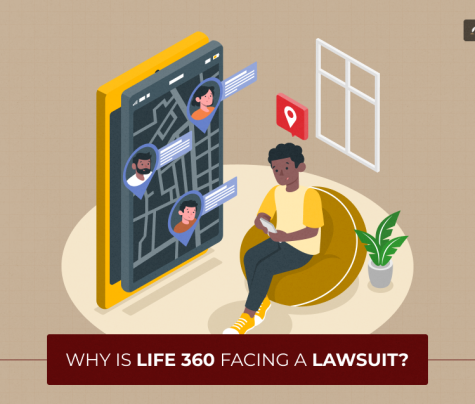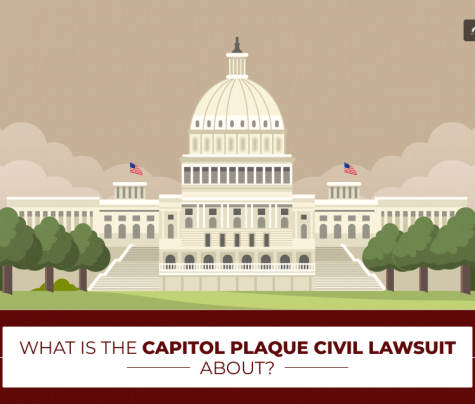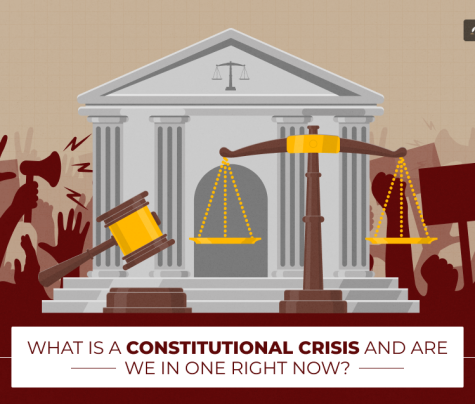
There is one thing that I used to think about as a child watching those movies on lawyers: “Why do barristers wear wigs??”
Is it just fashion? Are they bald? Or is there another reason that we do not now about? There are simply so many questions that I thought of when I decided to write on this topic
In this article, I will talk about the following things:
- Why do barristers wear wigs?
- The evolution of wigs in the courts of the United Kingdom
- Why did they start wearing wigs?
Additionally, I will also talk about some reasons why barristers still wear wigs in the UK. So, if these are some of the things that you want to know, keep on reading this blog till the end…
Why Do Barristers Wear Wigs In Court?
Step into the hallowed halls of a courtroom. You’ll be greeted not only by the echoes of legal jargon but also by a strange sartorial spectacle—the barrister’s wig.
Like a relic from a bygone era, these horsehair headpieces have stood the test of time, raising eyebrows and questions alike. But why do barristers wear wigs in the first place? Let’s unravel the strands of legal tradition and delve into the mystique of the courtroom wig.
A Glimpse into Legal History
Picture the British legal landscape of centuries past. This is where judges and lawyers engaged in legal battles with a flair for the dramatic.
According to the National Archives UK (2023), the tradition of wearing wigs dates back to the 17th century. It was a time when fashion was intertwined with status and formality.
Wigs made from horsehair became a symbol of prestige and professionalism. Their adoption in the legal realm was as much about projecting an air of authority as it was about conforming to the fashion norms of the time.
The Evolution of Legal Attire
As time marched forward, the legal system evolved, but the wigs endured. According to Oxford University Press (2019), by the 18th century, the modern legal profession and wigs became an integral part of a barrister’s attire.
The concept of donning wigs trickled down from judges to barristers, creating a visual uniformity that symbolized the gravity of the legal proceedings. For instance, different wigs were worn depending on rank:
- Judges often wore full-bottom wigs for formal occasions.
- Barristers wore shorter wigs.
- Queen’s Counsel (QCs) had slightly different styles that set them apart.
The wig, with its stark white color and distinctive design, served as a visual cue, immediately signaling the wearer’s professional standing. It was a way to demarcate the legal fraternity from the rest of society and underscore the seriousness of the courtroom.
Symbolism and Tradition
Beyond the visual impact, the wig is steeped in symbolism. It represents a connection to legal traditions, an acknowledgment of the profession’s storied past.
In an arena where precedent and tradition carry weight, the wig becomes more than just a fashion accessory—it is a nod to the enduring legacy of the legal system.
While many legal systems around the world have shed certain archaic practices, the wig has clung to the British legal landscape, offering a glimpse into the historical roots that continue to shape the present.
Uniformity and Impartiality
In the courtroom, where justice is blind, the uniformity of attire serves a practical purpose. By stripping away individuality and personal style, the focus shifts from the external appearance to the content of the legal arguments. The wig becomes a great equalizer, concealing personal details and fostering an environment where all are equal before the law.
Whether one is a seasoned Queen’s Counsel or a fledgling barrister, the wig levels the playing field, creating a sense of continuity and impartiality within the courtroom.
A Touch of Theatre in the Courtroom
As legal proceedings unfold, the courtroom becomes a stage, and barristers are the actors in the legal drama.
With its theatrical origins, the wig adds a touch of grandeur to the proceedings. It is a nod to the performative nature of lawyering, where persuasion and eloquence are as crucial as legal acumen.
In this theatrical setting, the wig becomes more than a relic. Moreover, it is a prop that enhances the drama, a visual cue that transports us to a time when legal battles were fought with quills and parchment.
Timeline of The Evolution of Barristers’ Wigs

Why Did Barristers Start Wearing Wigs?

When STIs were becoming more common in Europe in the late 16th century, wigs started to gain popularity.
People with syphilis suffered from rashes, blindness, dementia, open sores, and hair loss in the absence of widespread antibiotic treatment (Sir Alexander Fleming didn’t discover penicillin, the treatment for syphilis, until 1928).
Social groups were especially affected by the hair loss. Premature balding was a clear sign that someone had syphilis, and long hair was popular.
When not used to mask hair loss caused by syphilis, wigs were also beneficial for people with lice. After all, sanitizing a wig was a lot easier than treating and picking through one’s own hair.
Louis XIV of France had the most impact on British wigs when it came to trend-starters. The Sun King used a wig to cover his prematurely receding scalp, which historians say was caused by syphilis, during his rule from 1643 until 1715.
By doing this, he established a pattern that the top and middle classes of Europe, including his cousin Charles II, the King of England (who was also said to have gotten syphilis) and king from 1660 to 1685, adopted.
Nobles quickly adopted wigs, and anyone who wanted to maintain their social standing, but English courtrooms took longer to follow suit.
Judicial pictures continued to have a natural, unwigged appearance in the early 1680s. However, by 1685, shoulder-length wigs were formally accepted as a part of the court attire.
Global Perspective: Do All Countries Still Use Wigs?
Interestingly, not all former British colonies retained the tradition of wearing wigs. For instance:
- Australia: Wigs are still worn in higher courts.
- New Zealand: Discontinued wigs in most courts in the 1990s.
- Caribbean Nations: Some still use wigs, others have modernized.
This shows how tradition and modernization play out differently across legal systems.
Why Do Barristers Still Wear Wigs In The UK?
At first, wigs were the fashion among the upper classes in society and were treated as a means of showing one’s social advantage.
Wigs, which had become a fashion statement among the wealthy, became a standard element in the wardrobes of judges and barristers after they were adopted. At the same time, a symbol of power as well as a sign of professionalism gained sculpted form.
But why do barristers wear wigs even now? Why is it something that should be a custom even today?
For one, wigs allow for a certain degree of separation from the rest of the world. Wigs worn by barristers make it difficult for individuals to recognize them as people and see them as impartial characters providing justice.
The good point of wigs is that they also utilize the formal and serious side of the court, causing everyone who is in the room to realize that they are under the rule of law.
In addition to that, wigs stand for the idea of both continuity and stability in the legal system. Barristers, through employing them in bouts, simultaneously link themselves to and pay respect to the virtues of justice and fairness that have been in existence and will continue to exist in the future.
Read Also:
- Lawyer Salary Around the World: Where Do Lawyers Earn the MOST?
- How to Become a Supreme Court Lawyer in LESS Time and Money?
- How Long Does It Take to Become a Lawyer in LESS Money?










0 Reply
No comments yet.